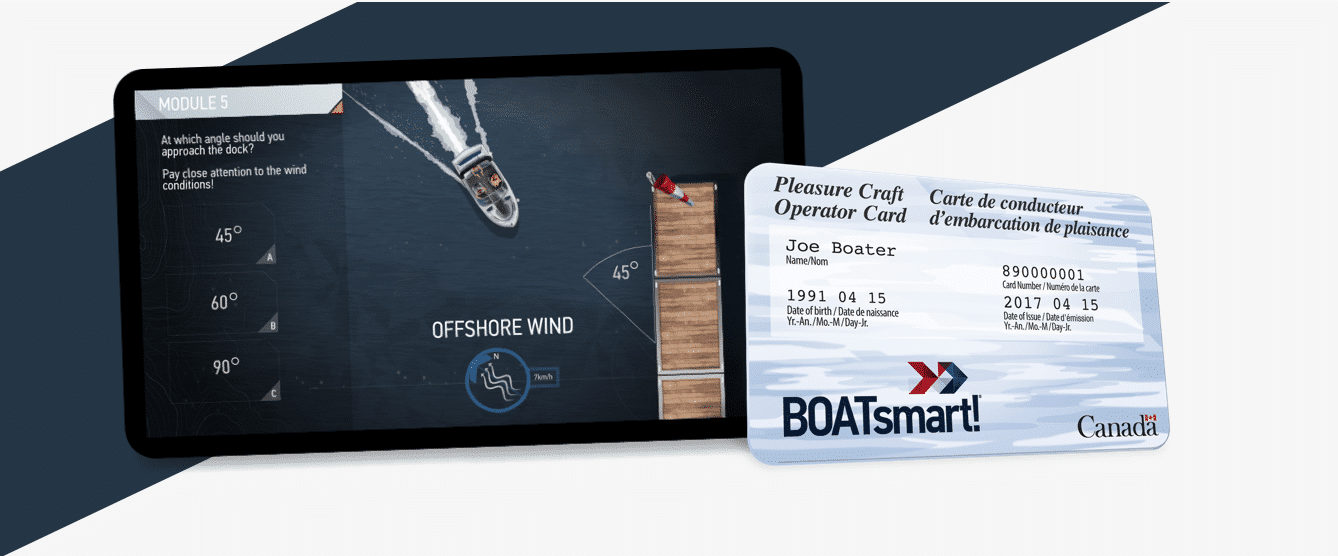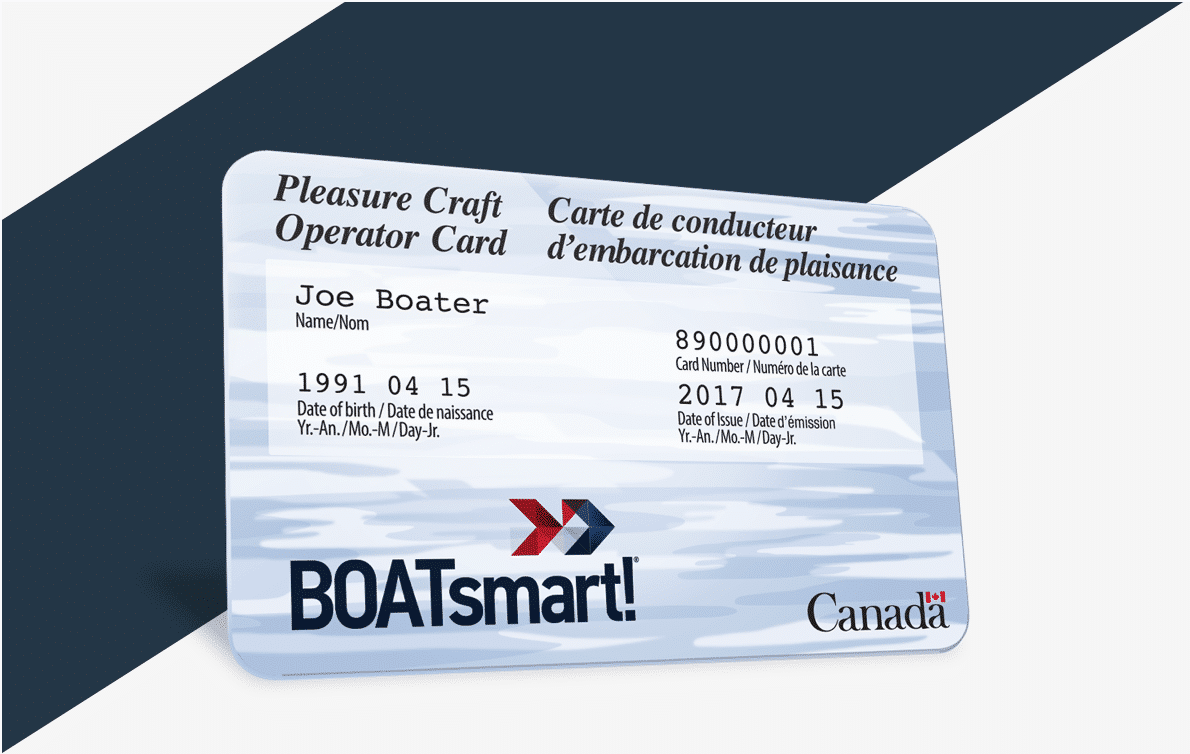BOATsmart! Canada
Knowledge Base
Module 03 - Before Heading Out
Learning About Local Waterways and Hazards

Safe boating is more than just a matter of operating your boat in a responsible manner. Before going out on the water, you should familiarize yourself with any local water hazards or dangerous conditions. Failing to do so could place you, your passengers (guests), and your boat in a dangerous situation.
Use a marine chart or other nautical publication to determine the location of any waterway hazards for the area where you’ll be boating. You can also talk to local boaters and marinas that are familiar with the area to learn more.
You should check navigational references, such as marine charts, to determine the location of safe harbours or shelter that can be used in the event of bad weather. These can include marked areas for mooring, bays, and protected docking areas.
Local water hazards can include:
- Low head dams
- Currents
- White water
- Tides
- Sudden winds
- Overhead or underwater cables
- Bridges
- High wave conditions
- Rapids
Rapids can be extremely dangerous, rapids:
- Have strong turbulent currents, that can easily swamp or capsize a boat,
- Conceal rocks just below the surface
- Can overpower the boat, causing loss of control
- Can cause injury or death to a person in the water


Get your Official Canadian
Boating License
The Official Transport Canada Boating Course, Test & License.
Get your Official Canadian
Boating License
The Official Transport Canada Boating
Course, Test & License.



